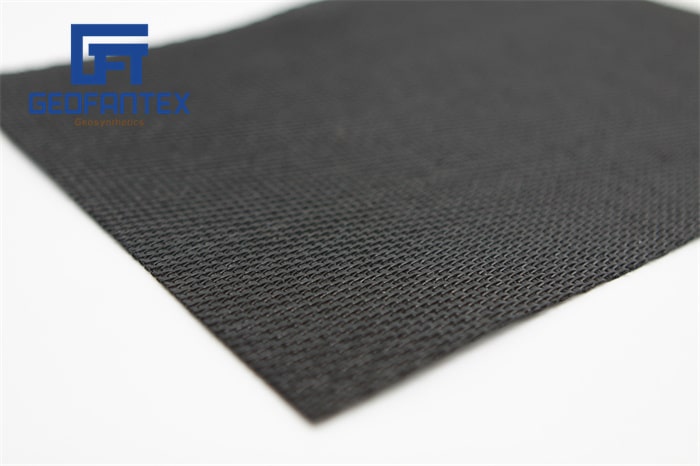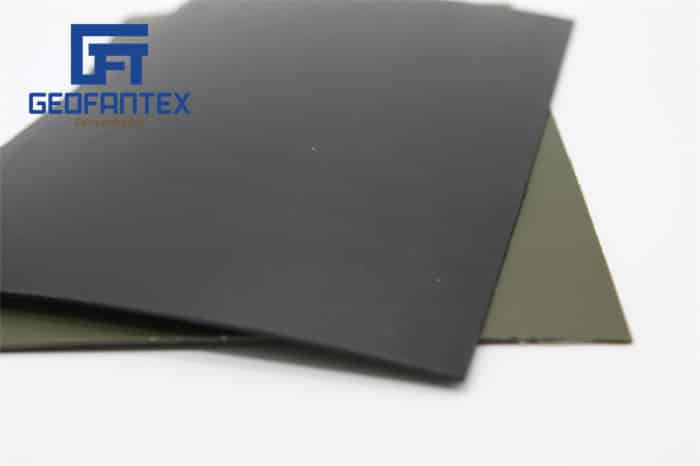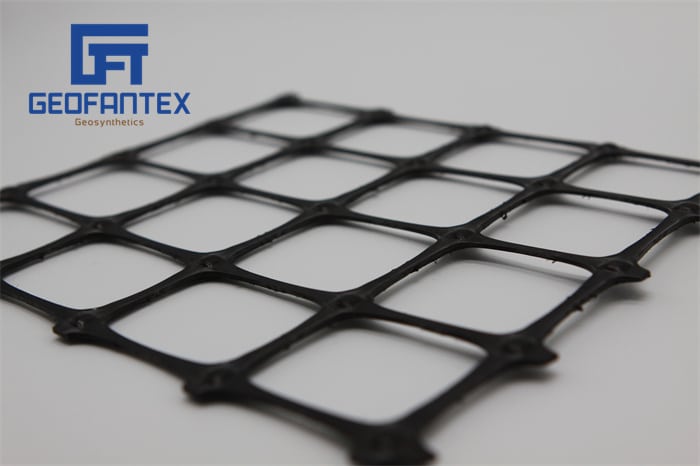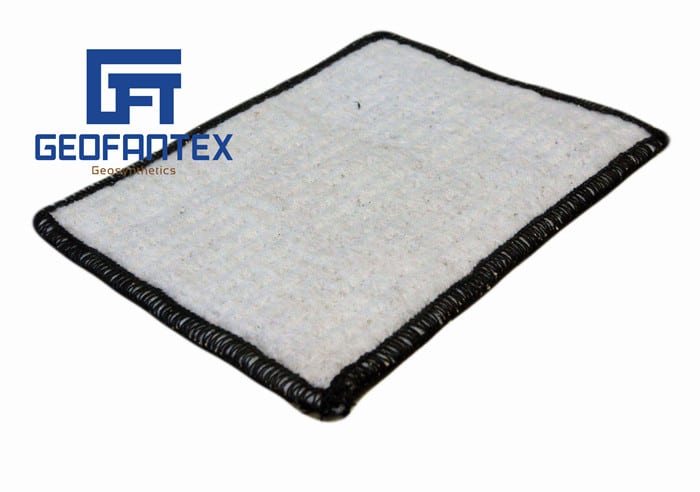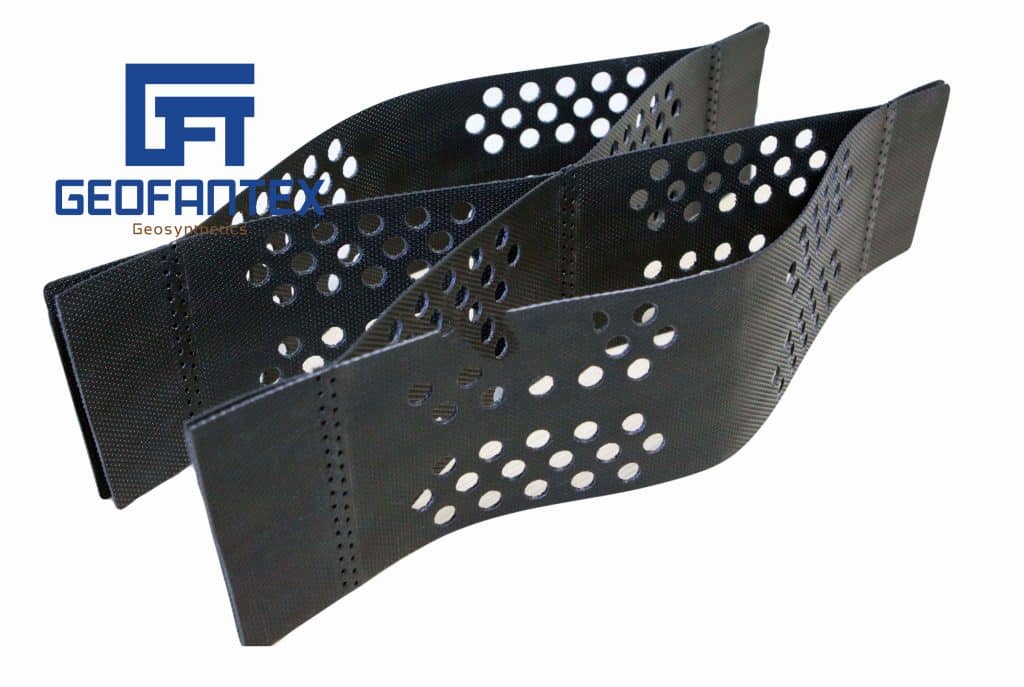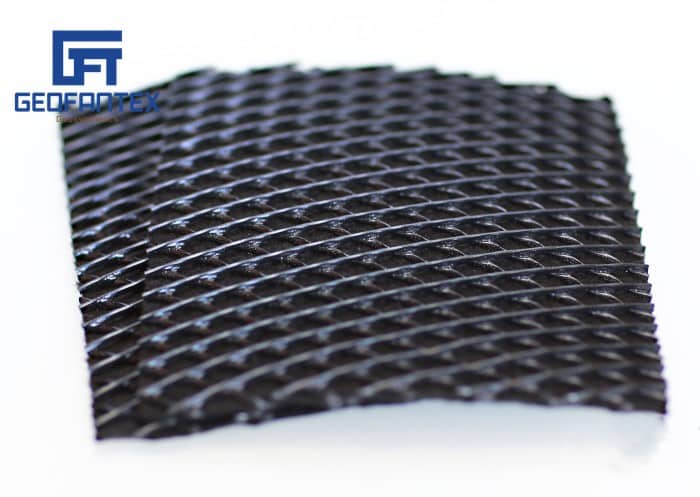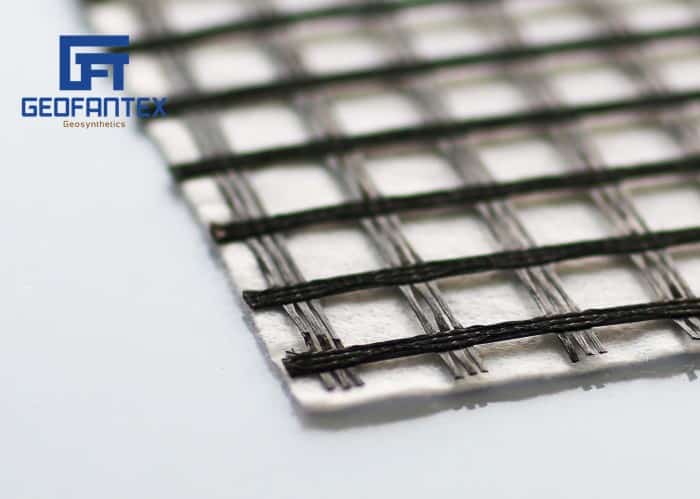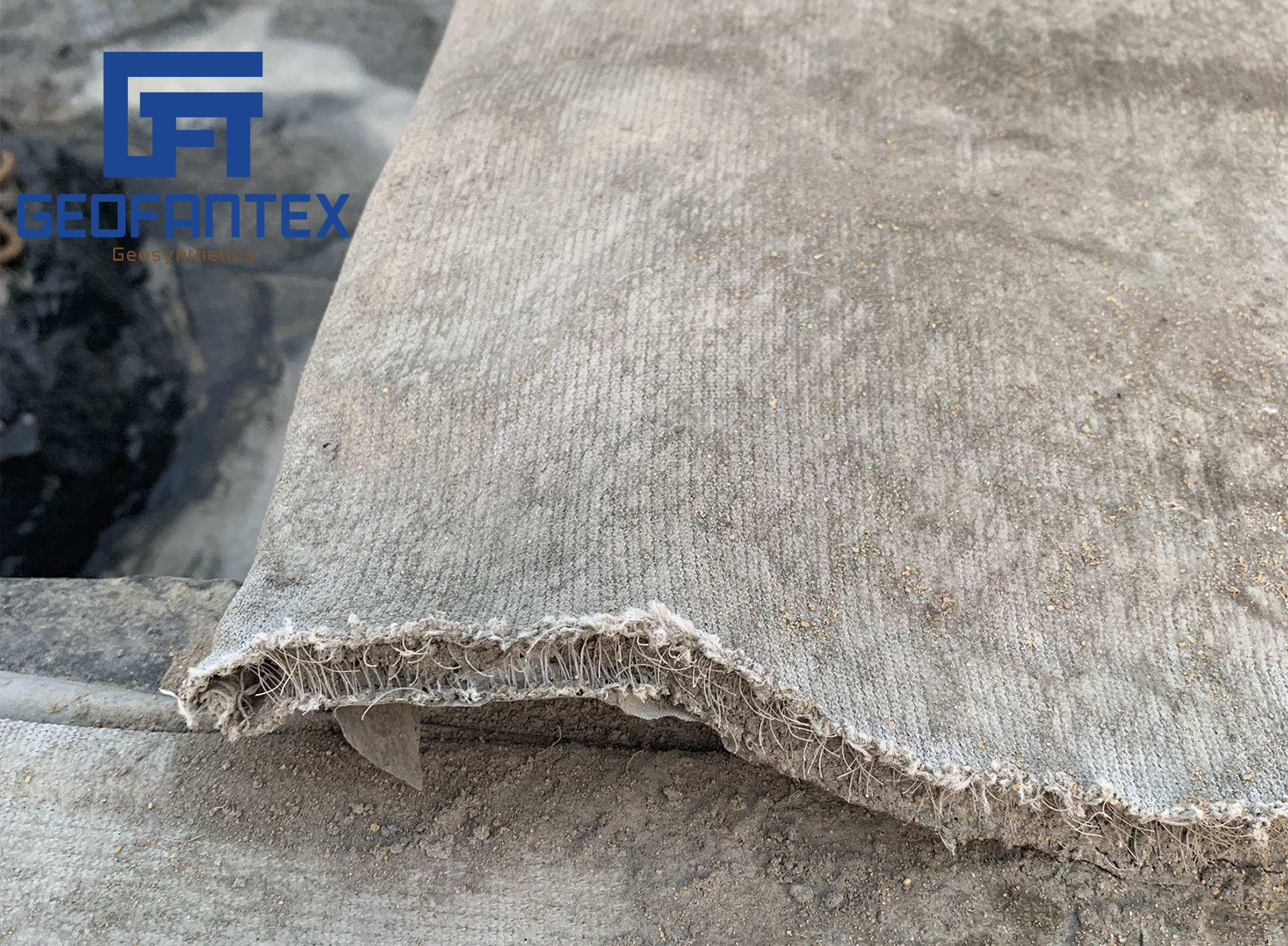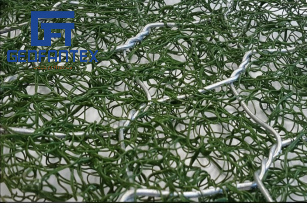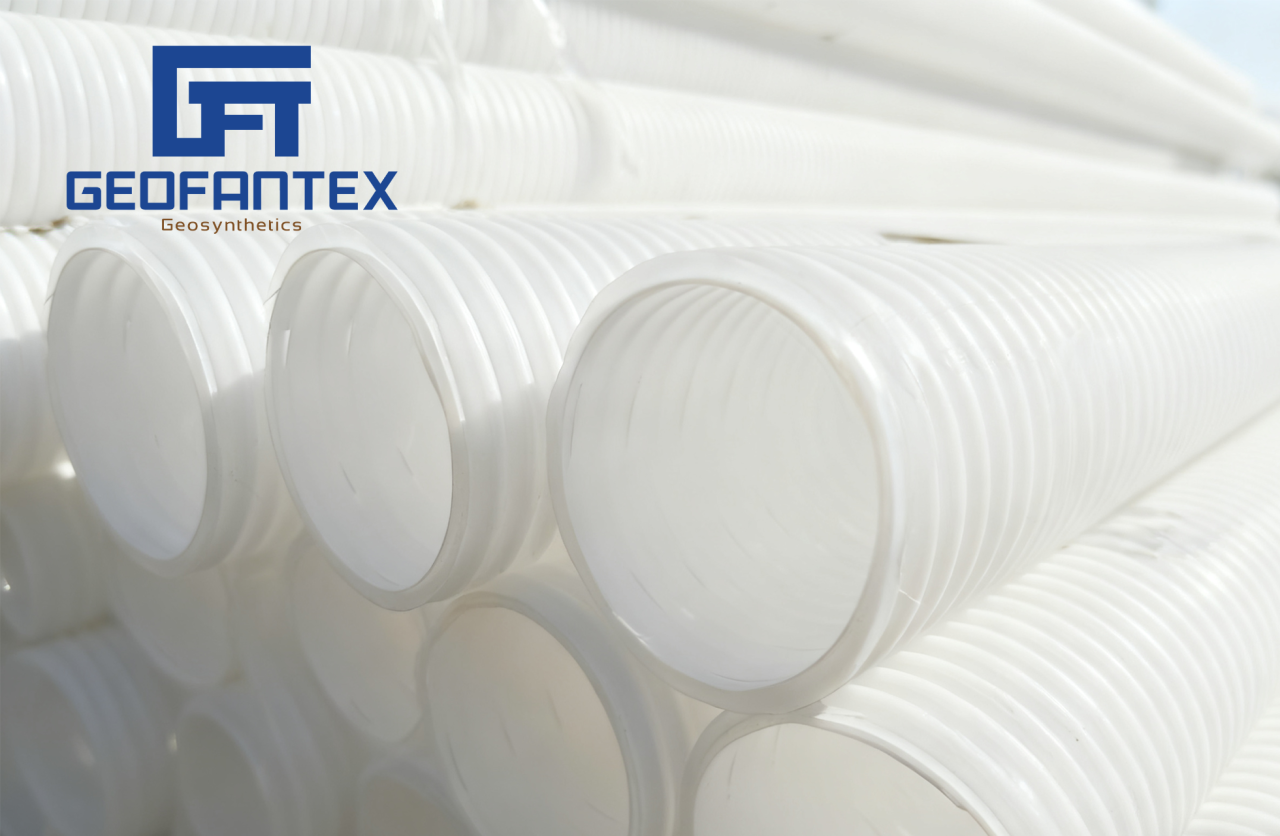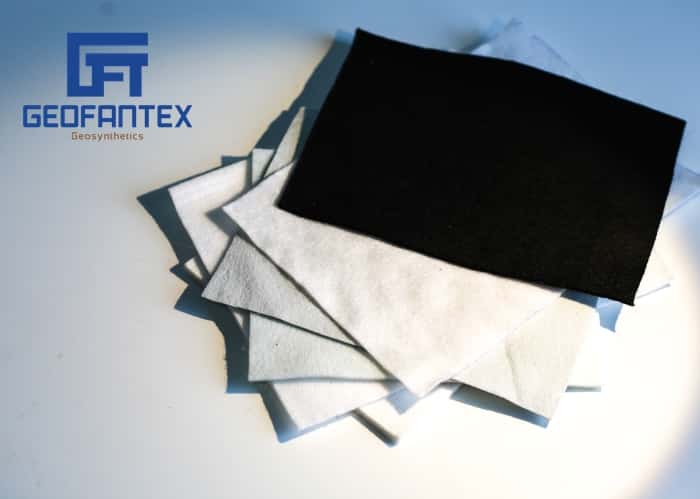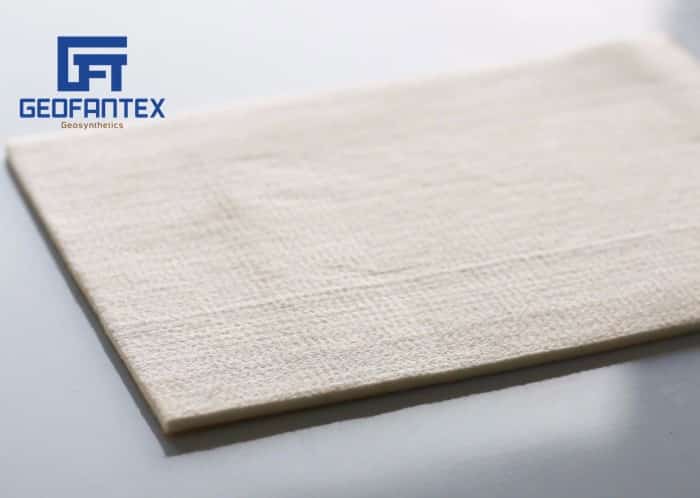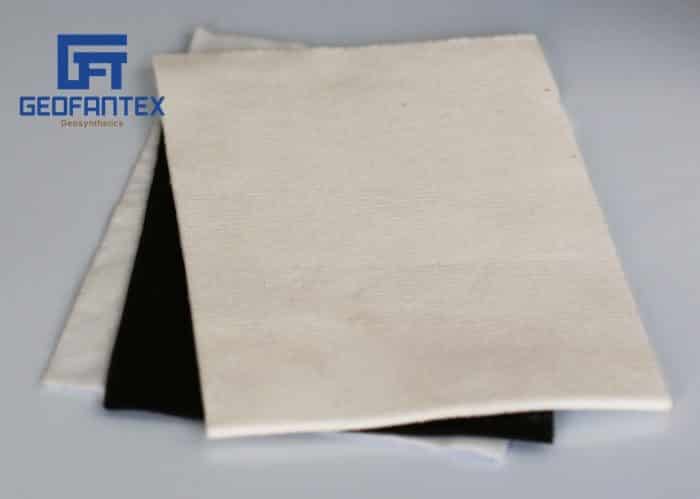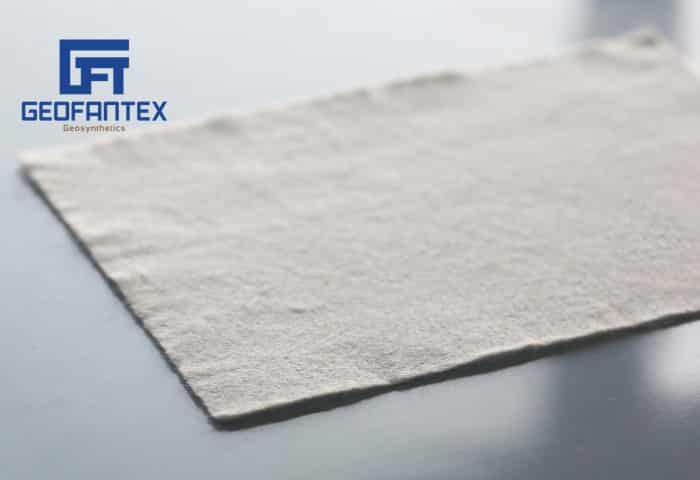+86-159 9860 6917
info@geofantex.com
geofantex@gmail.com
+86-400-8266163-44899
Geocompuestos, a solución innovadora en la ingeniería civil y la construcción, son una solución aún más eficientes, duraderos y rentables. El método de instalación es clave para aprovechar su potencial. El geocompuesto debe ser instalado en la dirección de la pendiente y en la dirección prevista del flujo, a menos que el INGENIERO especifique lo contrario.
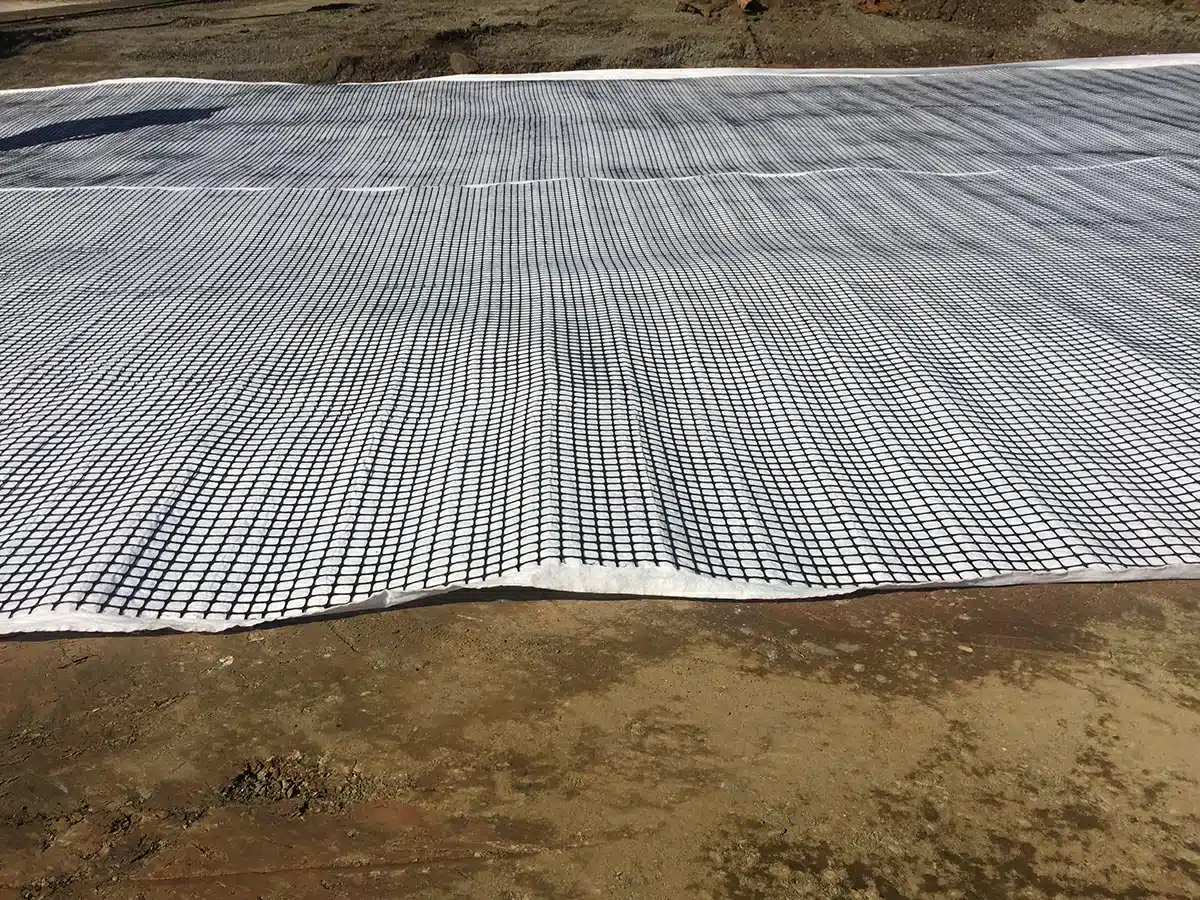
¿Cuál es la diferencia entre geotextil y geocompuesto?
Geotextiles and geocomposites are integral members of the geosintétic family, each with unique functions and characteristics. Geotextiles are permeable tissues used in separation, filtering, reinforcing, protection, and drainage. Geocomposites combine different types of geosintéticos with other materials, enhancing their utility and providing superior drainage capabilities, barrier performance, and soil reinforcement. This polyfaceted approach allows geocomposites to respond more effectively to modern engineering demands.
¿Qué es un revestimiento geocompuesto?
Geocomposite is a sophisticated engineering solution designed to address water retention, waste prevention, and environmental protection in various applications like verteros, residual water treatment plants, and mining exploitations. It is built using various geosintetic materials, including a critical geomembrane layer for impermeable barriers, geotextiles for filtering and protection, and georredes for effective drainage. This multicapa design not only prevents contaminants from penetrating the environment but also manages water and gas flow within the containment system, demonstrating the integral role of these materials in modern engineering solutions.

¿Para qué sirve el geocompuesto?
Geocomposites are versatile materials used to address complex engineering challenges, offering solutions for drainage, filtering, separation, barrier protection, and rebounding. They facilitate water flow, reducing hydrostatic pressure and improving structural stability of critical infrastructure components. Geocomposites also play a vital role in preventing contaminant migration and fluid migration, contributing to environmental protection efforts. Their versatility supports their value in various projects, including infrastructure development, transportation initiatives, and environmental and hydrological engineering companies, making them indispensable in modern construction and engineering projects.
¿Cuál es el tipo más común de geosintético que puede servir como material de drenaje, material filtrante y protección?
El geocompuesto es un material geosintético que puede ser usado como material de drenaje, material filtrante y capa protectora. Se caracteriza por su capacidad de integrar un núcleo de geored entre dos capas de geotextiles no tejidos. Los geotextiles, permeables, permiten el paso de agua y filtran las partículas, evitando obstrucción y migración de las partículas del suelo. El núcleo de la georred actúa como un conductor para el flujo de agua, eliminando excesso de agua en la estructura o el suelo.
Geocompuestos, a significant advancement in civil engineering and construction, offer solutions that significantly improve the durability, efficiency, and environmental compatibility of engineering projects. Proper geocompaction and understanding their functions and types are essential for professionals seeking to incorporate advanced materials into their projects. As demand for sophisticated engineering solutions increases, geocomposites will be trusted to address these challenges, paving the way for a future where structures and the natural environment coexist in harmony.

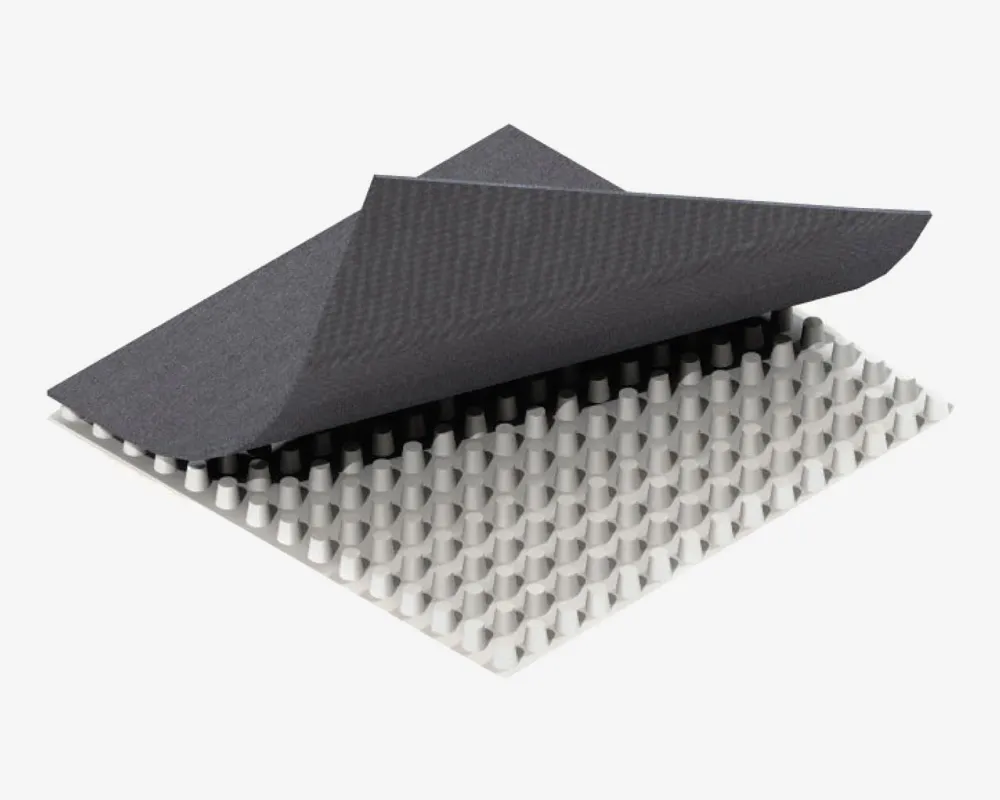
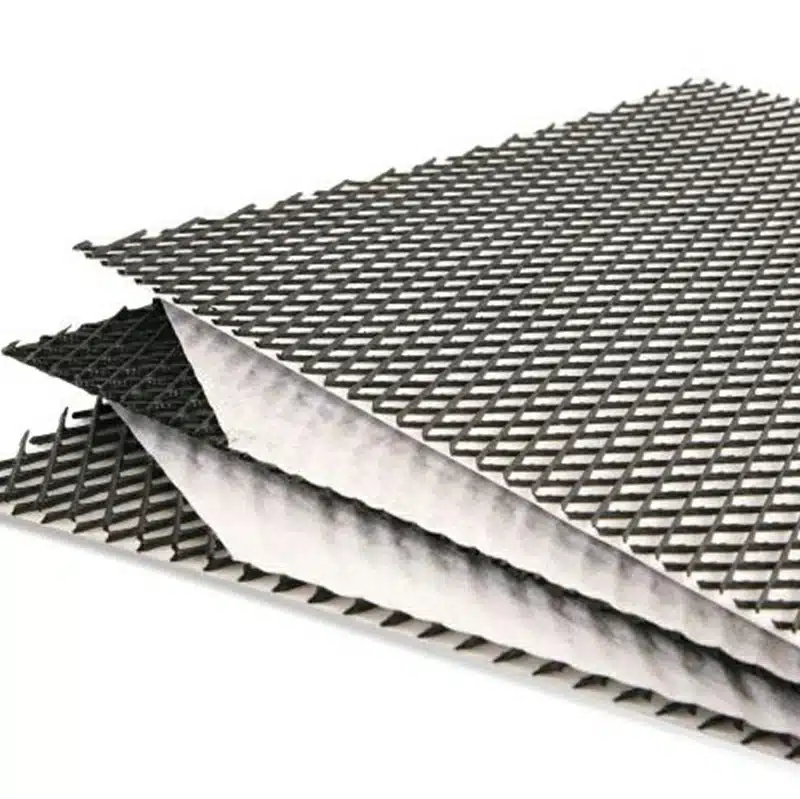
Obtenga una muestra gratis
We’ll respond as soon as possible(within 12 hours)


